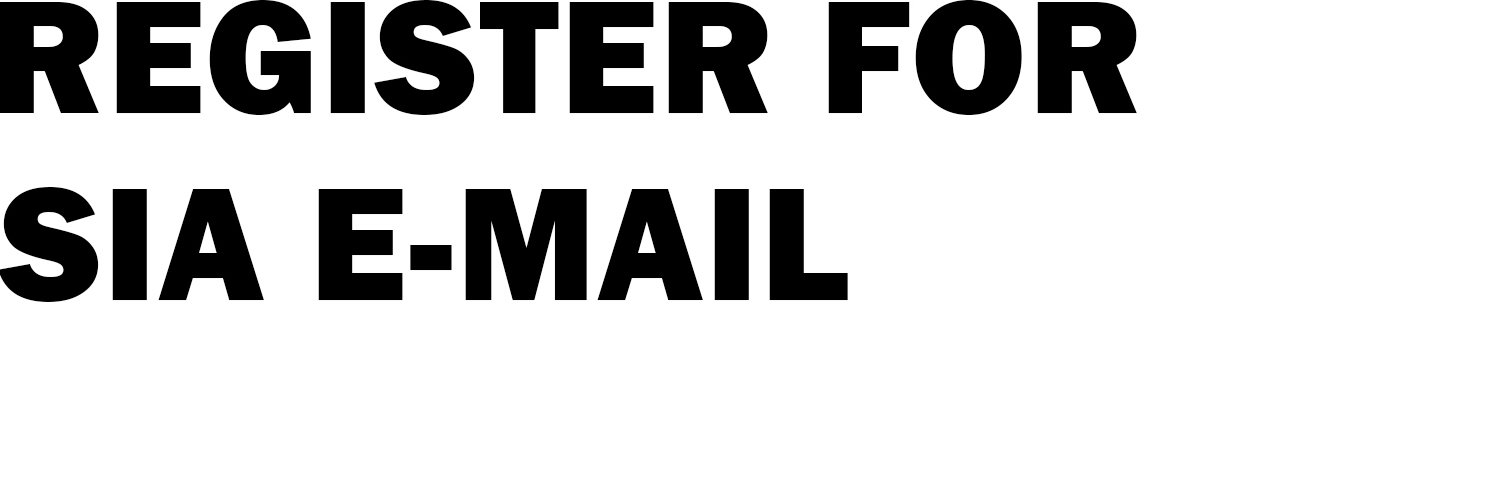Vogel Prize 2005 – Fredric L. Quivik
At the 2005 Annual Business Meeting in Milwaukee, this year’s Vogel Prize was presented by Greg Galer, on behalf of Larry Gross, this year’s Vogel Prize Committee Chair, to Fredric L. Quivik for his article Landscapes as Industrial Artifacts: Lessons from Environmental History, published in IA Vol. 26, No.2 (2000), pp. 55-64.
Fred sets the stage with a careful review of the shifting emphasis of scholarship. Environmentalism has brought an interest in environmental history and scholars have begun to develop a history of industry and the natural as well as the built environment. Just as industrial archeology has broadened its scope from recording structures and processes, to industrial complexes, to the human environments of workers, managers, and owners, Fred adds the larger biological landscape. He carries the field out the factory’s back door to see where the waste products go, and who ends up dealing with them. This approach enables him to reveal, explore, and contextualize competing visions of Western development. Using the physical evidence of the built and biological landscape (albeit in this case built of slag and filled with toxic tailings), court cases, and the testimony of parties as disparate as ranchers, smelters, and forest rangers, Fred describes divergent contemporary views of a single landscape. Slag walls and a channelized creek shift from an oddity to a toxic waste containment area. He moves on to imagine improved interpretation not only of the National Park Service’s Butte site, but also its Grant Kohrs Ranch-interpretation which becomes more intricate and complex, but also understandable, meaningful, and ultimately more interesting and revealing. Fred takes us beyond tales of confrontation with the natural elements to a battle “to determine whose vision of the environment would prevail”
Fred presents a clear and well-argued thesis that involves a broad new field and engages a wide audience. He goes beyond process and product to treat issues in a sweeping environmental context, extending his use of the site and of industrial archeology, to engage an important local and national debate. His approach provides us with a new way to begin to integrate the “brownfields” aspect of industrial heritage into our more traditional focus on production technology and infrastructure, thereby avoiding a perhaps unwitting blind spot in our assessment of industry’s impact on the world at large. Fred also answers superbly the critical “So what?” question, a benchmark for all journal submissions that separates the merely antiquarian from the truly scholarly and analytical. Fred’s work should encourage future writers to aim similarly to answer the larger questions that their findings raise. With Landscapes as Industrial Artifacts Fred clearly demonstrates the value of environmental analysis to our work.
Greg Galer

